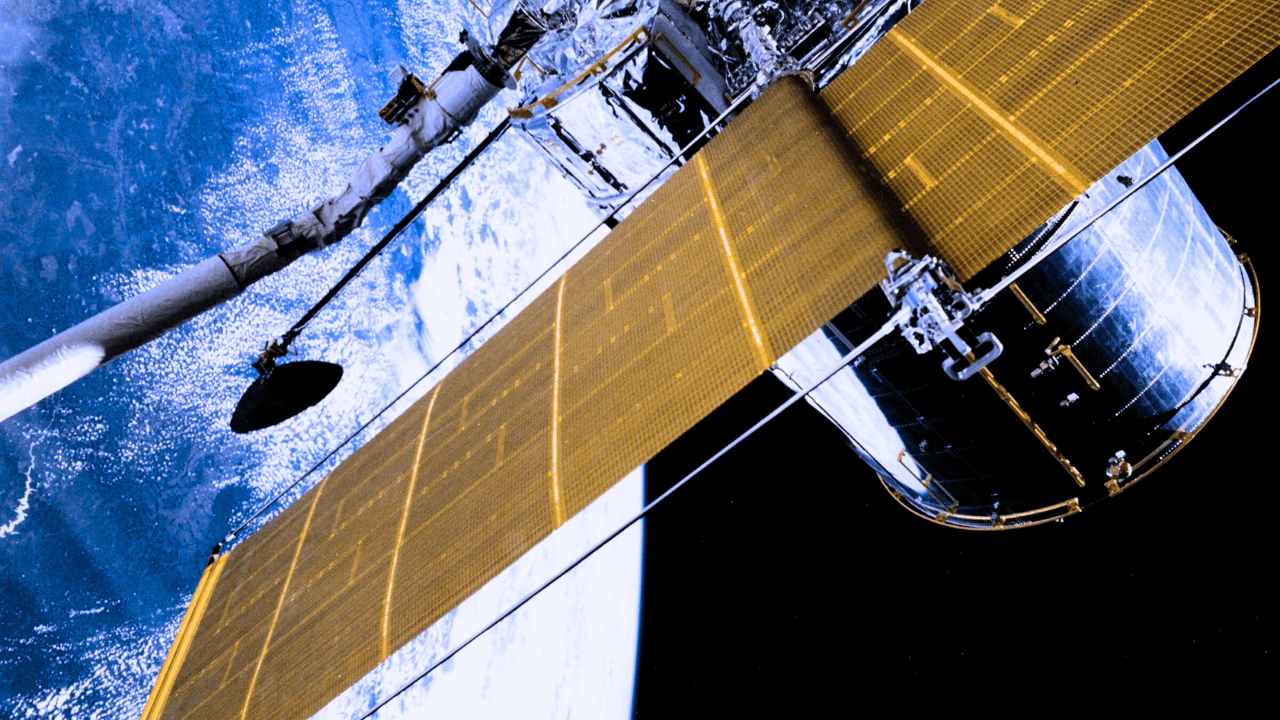In today’s world, space is no longer just for explorers—it’s becoming a battlefield. Recognizing this, the U.S. Space Force is working on a powerful new satellite system to protect military communication from being jammed or disrupted.
Why This Matters
Imagine trying to talk to someone, but your voice gets drowned out by interference. That’s what happens when satellites used by the military get “jammed”—electronic attacks block or scramble their signals. With adversaries using more advanced interference tools, the need for jam-resistant communication is urgent.
What Is Being Built?
Northrop Grumman has built a prototype (PTS-P) for a Protected Tactical Satellite Communications system. This anti-jam payload has undergone assembly and testing and is now being integrated onto a spacecraft bus known as ESPAStar-HP. Once in orbit, it will offer secure communication links even under attack.
Their system is built to be:
- Modular: easy to upgrade or change,
- Flexible: adaptable for different missions,
- Scalable: expandable over time.
It protects users by detecting jamming and providing alternate clear paths to keep messages flowing.
The Bigger Plan — PTS-Global
The Space Force isn’t stopping at just one satellite. They launched a bigger initiative called Protected Tactical SATCOM-Global (PTS-G), a multi-billion-dollar program aiming to fill the sky with small, anti-jam satellites in geostationary orbit.
In July 2025, five companies—including Northrop Grumman—each received design and demonstration contracts worth roughly $37 million total under an “indefinite delivery/indefinite quantity” (IDIQ) deal, capped at nearly $4 billion.
These contracts are early steps:
- Design work and tech demos are set to conclude by January 2026.
- If successful, production contracts will follow.
- The Space Force expects to launch the first PTS-G satellite in 2028, with more following by 2031.
A Smarter Strategy for Defense
Earlier, the Space Force planned a large, expensive PTS-Resilient (PTS-R) follow-up program. But in July 2025, they scrapped it. Now, the focus is on getting the current prototypes into orbit faster and using lessons learned to build real systems sooner.
This shift shows a smarter mindset:
- Move away from big, slow, expensive programs.
- Embrace smaller, quicker, and more cost-effective solutions.
- Use commercial technologies with military upgrades.
What’s Ahead
- Northrop’s PTS-P payload is being prepped for space and will likely launch in the near future.
- The PTS-G program is moving ahead fast—satellites could start orbiting by 2028, making jamming-resistant military communication a reality.
Northrop Grumman’s cutting-edge satellite tech is building a stronger shield for military communication in space. With agile program changes and smart partnerships, the Space Force is gearing up for resilient, fast, and secure communications—right when the stakes are highest.







